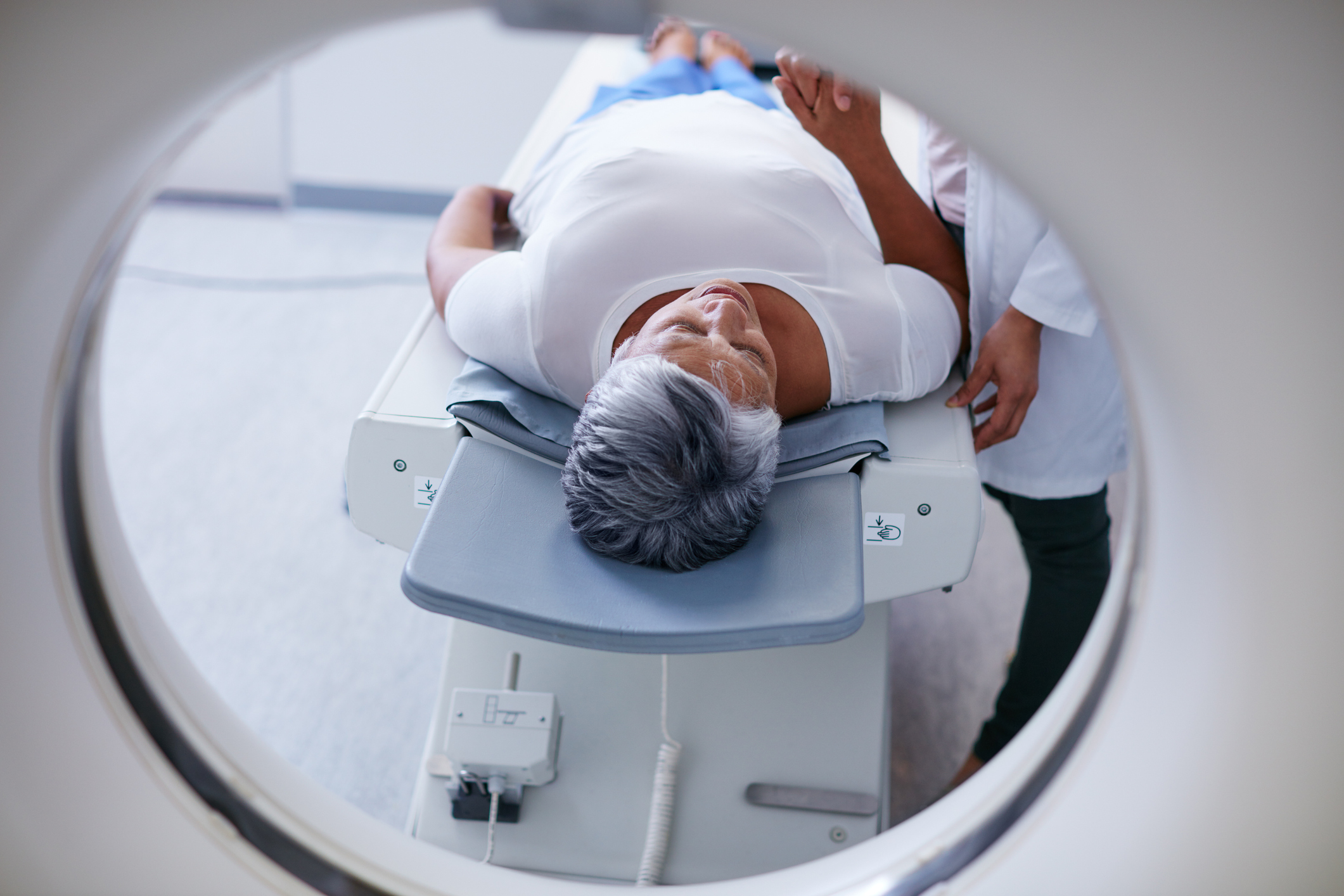Kyphosis, sometimes referred to as hyperkyphosis, is a condition that causes a noticeable forward curvature of the upper back (thoracic spine) and shoulders. The spine becomes abnormally convex and may round into a hump. Other symptoms include pain and stiffness in the upper back. While kyphosis can be diagnosed at any age, it does become more common with age. The condition affects more women than men.
Common Causes of Kyphosis
- Degenerative Disc Disease – Wear and tear on the spine over many years causes the discs between the vertebrae to shrink and flatten. Arthritis may develop in the facet joints. The spine may become unstable, causing the front of the vertebrae to tip forward.
- Osteoporosis – This is a bone disease that develops when bone mass and bone density decrease. It is a major cause of bone fractures of the spine. Post-menopausal women are at risk for osteoporosis, but men can also develop it. Long-term use of certain medications also increases the risk. Weak and brittle bones in the spine may develop compression fractures, which causes the patient to hunch forward. The front of the vertebrae may collapse, leading to pain and loss of height. The back muscles may weaken, making it difficult to perform normal tasks.
- Poor Posture – Years of poor posture may contribute to kyphosis. Slouching and carrying heavy loads on the back can stretch the muscles and ligaments that support the spine. The vertebrae can be pulled out of their normal alignment.
Diagnosis and Treatment
The physician will conduct a thorough physical examination and medical history. Diagnostic tests including x-rays and an MRI may be ordered.
- Conservative Treatments – Mild kyphosis may be treated conservatively with over-the-counter pain medications. The patient may be instructed in exercises and stretches to correct poor posture and strengthen muscles in the back and core. Yoga can help increase flexibility and strengthen back muscles. Physical therapy may be recommended. Younger patients with kyphosis may be helped with back bracing.
- Surgical Treatments – Severe cases may need surgical treatment to stabilize fractured vertebrae. There are two minimally invasive surgical treatments available, but not all patients are good candidates. In Vertebroplasty, bone cement is injected into the fractured vertebrae to stabilize them. In Kyphoplasty, a balloon-like device is first inserted to create space. Then the bone cement is injected. Both procedures can restore vertebral height and reduce pain.
Next Steps Kyphosis tends to worsen with age. Early diagnosis and treatment may help patients avoid surgery. The physicians at Atlanta Brain and Spine Care are experts in the diagnosis and treatment of conditions affecting the spine. Contact us today to


